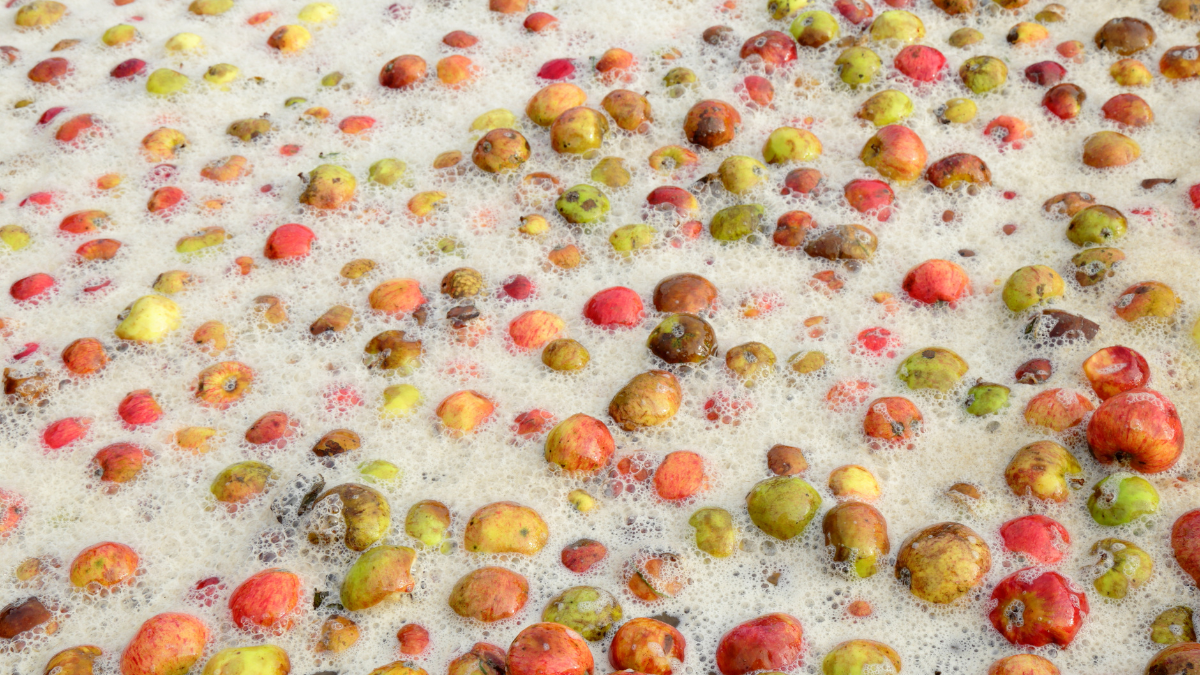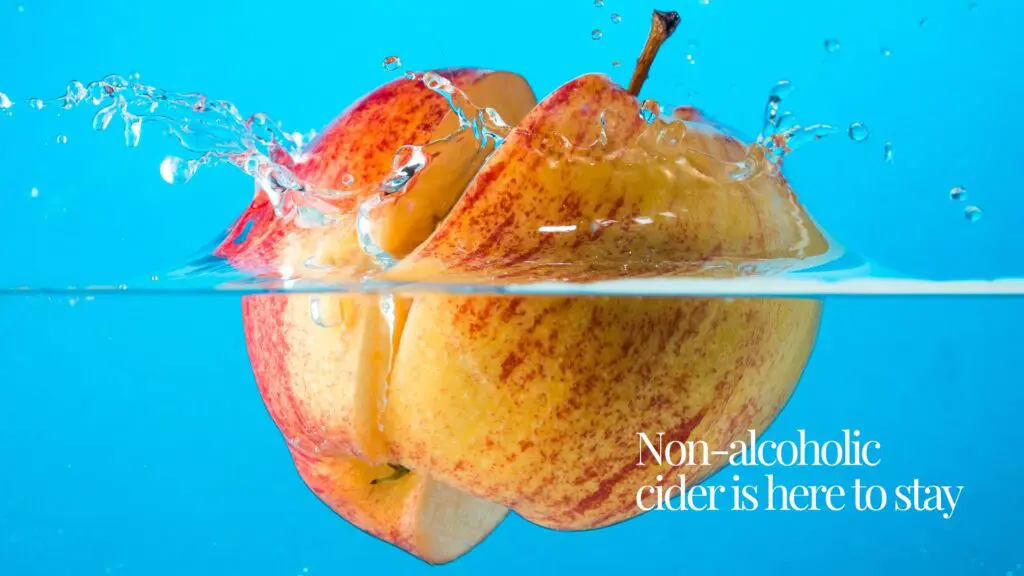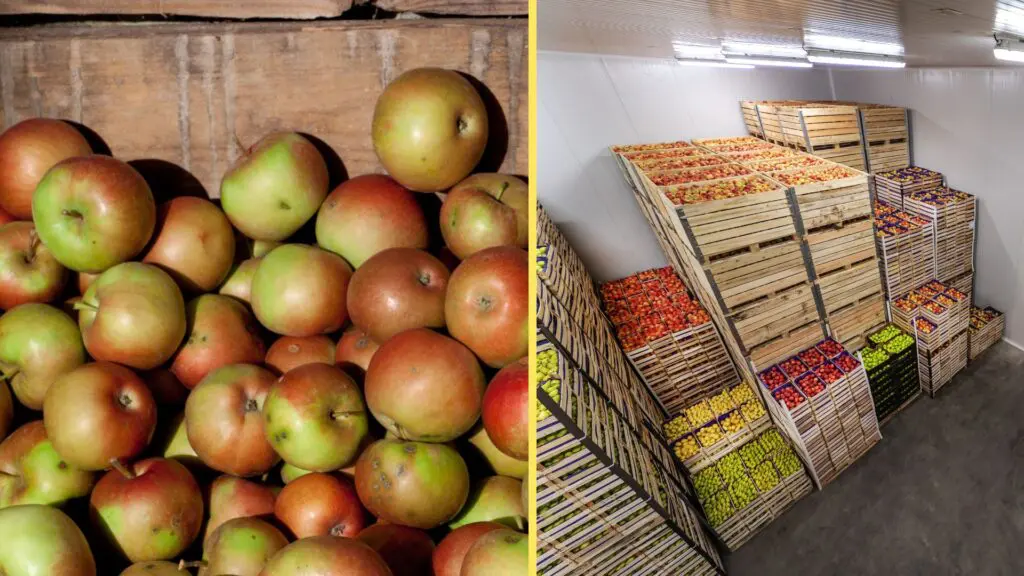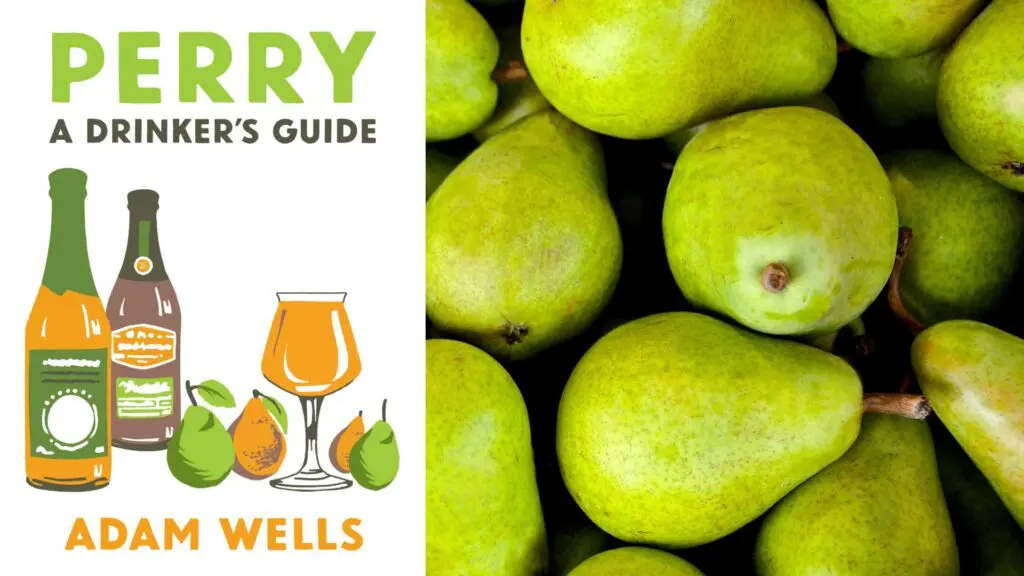In the cider judging circuit, the descriptors for the clarity of cider range from brilliant, bright and clear to dull, hazy and cloudy. But how important really is the transparency of that lovely, fermented apple bevvie that you are about to imbibe?
If it were just aesthetics at stake, then clarity would likely not be an issue. Some consumers prefer the swirling opacity of a rich, golden cider, while others prefer the limpid sheen of a glistening, silver-toned cider. But regardless of personal perspectives on clarity, there are other important factors that can duly impact a producer’s choice to go completely clear or allow some cloudiness.
Creating a Cloud
Historically speaking, cider would have been somewhat turbid. That is because the building blocks of apples include pectin, a polysaccharide that makes up the cell walls of the fruit and holds the plant together. During milling, pressing and subsequently fermentation, pectin becomes suspended in the juice and can thus create a haze — unless treated with pectinase. Pectinase is a group of enzymes that work to break down pectin, expedite juice extraction from the fruit itself and further clarify the juice before the fermentation process.
Another cloud-creating factor is yeast. Whether yeast is pitched or the cider is spontaneously fermented, this fermenting process can also leave a haze in the cider as the yeast particles themselves can be suspended in the juice. Fortunately, most yeasts are highly flocculating, which means they like to clump together. This creates denser particles that precipitate out of the cider to the bottom of the vessel, which is easily treatable by racking off to a new container.
Even secondary fermentation, the process whereby the sharp malic acid in cider is transformed into the softer lactic acid, can contribute to a slight haze in cider if not anticipated or inoculated at a favorable time during the products’ conditioning.
Simple Solutions for Hazy Concerns
Simply put, there are loads of organic contributors that can lead to a cloudy cider product. However, by and large, these hazy concerns have a simple solution. Three, actually.
Cold crashing dramatically drops the temperature of the juice and causes particles to precipitate out. Another technique is called fining, which utilizes an additive such as bentonite (clay), chitosan (crustacean shells), kieselsol (silica), isinglass (fish bladders) or diatomaceous earth (fossils), which polarize the particles and lead to clarification. Another option is filtration by a cartridge or pad system, which can on a nearly cellular level remove any organic material that could potentially lead to haze.
However, there is always an element of risk/ reward with intervention in production. For every process that creates a clearer cider, there is also a movement away from the original fruit from which it was made. Fining and filtration in particular can remove not just what is evident to the eye. They can also strip away aroma and thus flavor, body, color and complex compounds like tannins that can contribute to the cider’s overall character.
On the flip side, while untreated cloudy cider can be considered more organically intact, it can also potentially be a more unstable product. Hazy cider with suspended organic material may be more prone to “cider sickness,” off-aromas and flavors, and refermentation. After all, the elements that create the cloudiness can continue to be active without further chemical or temperature stabilization.
So Which is Better?
All told, the cloudy-versus-clear conundrum isn’t a path easily navigated and has many pitfalls for clean and expressive cider production. There is no right or wrong answer on the opaque-to-translucent scale. Each cider has its own story to tell. At the end of the day, it’s best to be your own judge and simply enjoy that singular (cloudy or clear) cider and appreciate its long journey from tiny seed to your glass.
This story originally published in Volume 18 of Cidercraft Magazine. Click here view the full issue.









